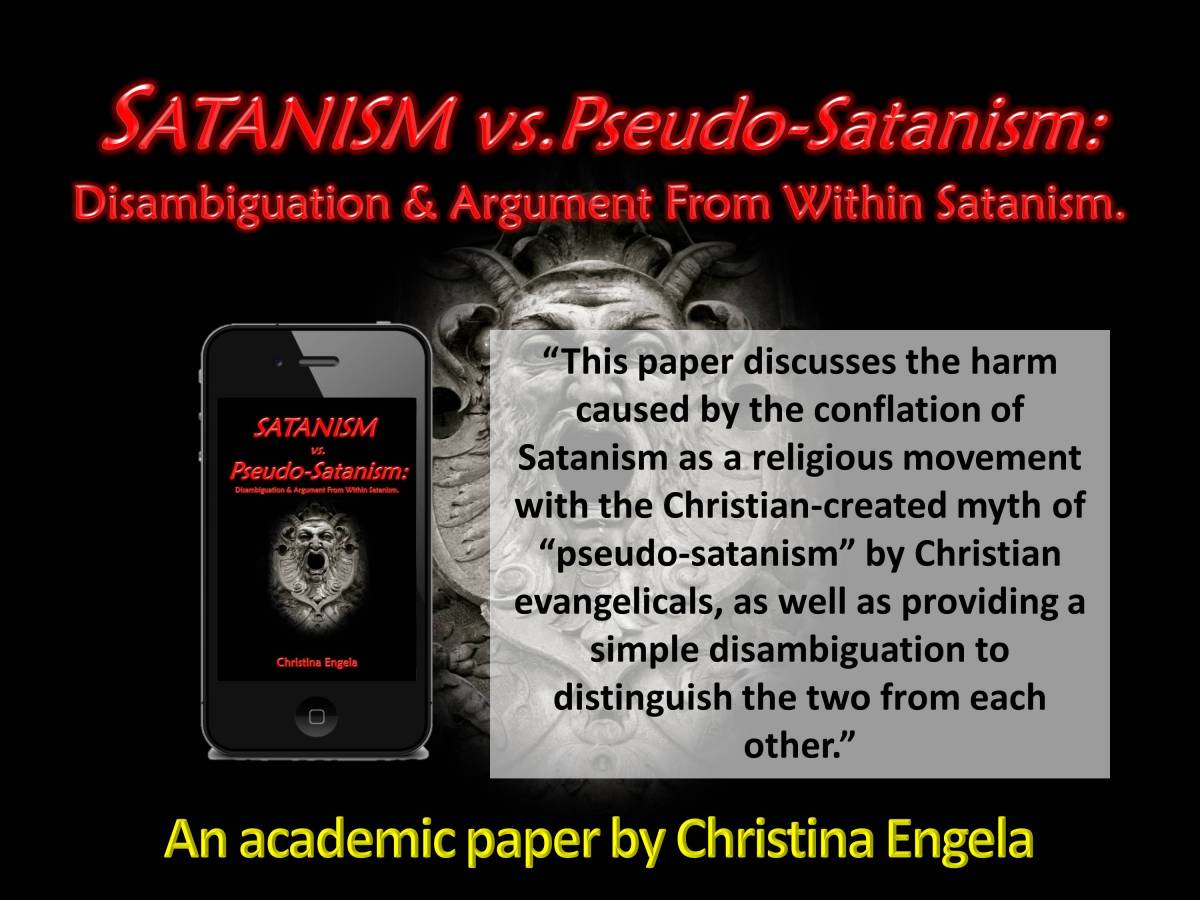Devil’s Advocate: The 666 Gangs – Why They Aren’t Satanists, How They Distorted South African Law Enforcement’s Perception Of Occult Religions, & The Consequences
Description:
South African authorities, media, the public, and community-based organizations appear to linger under the false impression, still, that “pseudo-satanism” and Satanism are both the same thing, or somehow “linked” or “related”, to excuse the continued inaccurate description of the criminal “666” gangs as “satanic”, “linked to Satanism”, or practicing “theistic Satanism”.
The effects of this confusion will be discussed, to demonstrate how the historic misunderstanding, coupled with the intrusion of religious fundamentalism into law enforcement, affected the SAPS and its Occult Related Crimes unit’s perception of occult religions in South Africa – which has had consequences reaching even to the present day.
Abstract:
In the early 1990’s, a phenomenon emerged in the Free State province of South Africa, in which violent youth gangs rose to terrorize rural communities and in particular, schools. What set these gangs apart from others was their sub-culture, which drew on beliefs and practices of African witchcraft, and the symbolism and imagery of Satanism.
However, on closer inspection, these gangs – known as the “666” gangs – appeared to exactly fit the descriptions of “Satanism” promulgated by the SAPS during South Africa’s “Satanic Panic” – a fact which cannot be appreciated without it being noticed that these gangs inevitably more closely resemble the paradigm of the “tabloid prophecy fulfiller” or “pseudo-satanist” than genuine religious Satanism.
Nevertheless, it is apparent that South African authorities, law enforcement, the media, the public, and community-based organizations continue to linger under the false impression that “pseudo-satanism” and Satanism are both one and the same thing, or are somehow “linked” or “related”, which is an excuse used to justify the continued inaccurate description of these criminal gangs as “satanic”, “linked to Satanism”, or as practicing “theistic Satanism”.
Given the South African Police Service’s history of being unable to tell religious Satanism apart from “pseudo-satanism” and criminal “tabloid-prophecy fulfillment” – to the point where for three decades the SAPS operated a specialized police unit dedicated to this misunderstanding – the purpose of this paper is to examine these “666” gangs and compare them to Satanism as a new religious movement, in order to clarify why these gangs are not “satanic” nor related to Satanism as a religion.
As part of this exercise, the effects of this confusion will be discussed, to demonstrate how the historic misunderstanding coupled with the intrusion of religious fundamentalism into law enforcement affected the SAPS and its Occult Related Crimes unit’s perception of occult religions in South Africa – which has had consequences reaching even to the present day.
Keywords: 666 gangs, youth gangs, Satanism, New Religious Movements, conflation, pseudo-satanism, reverse-Christianity, tabloid-prophecy fulfillment, satanic-panic, hysteria, misconceptions, satanic ritual abuse, law enforcement, criminology, occult related crimes unit, SAPS, South Africa.
Visit the author’s website.



